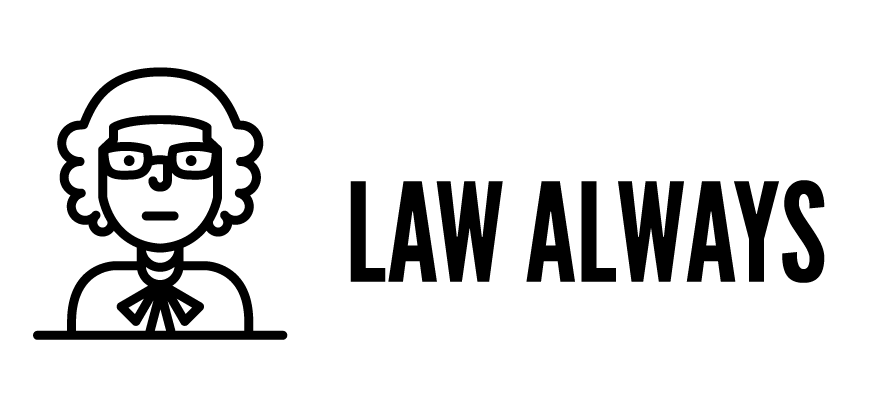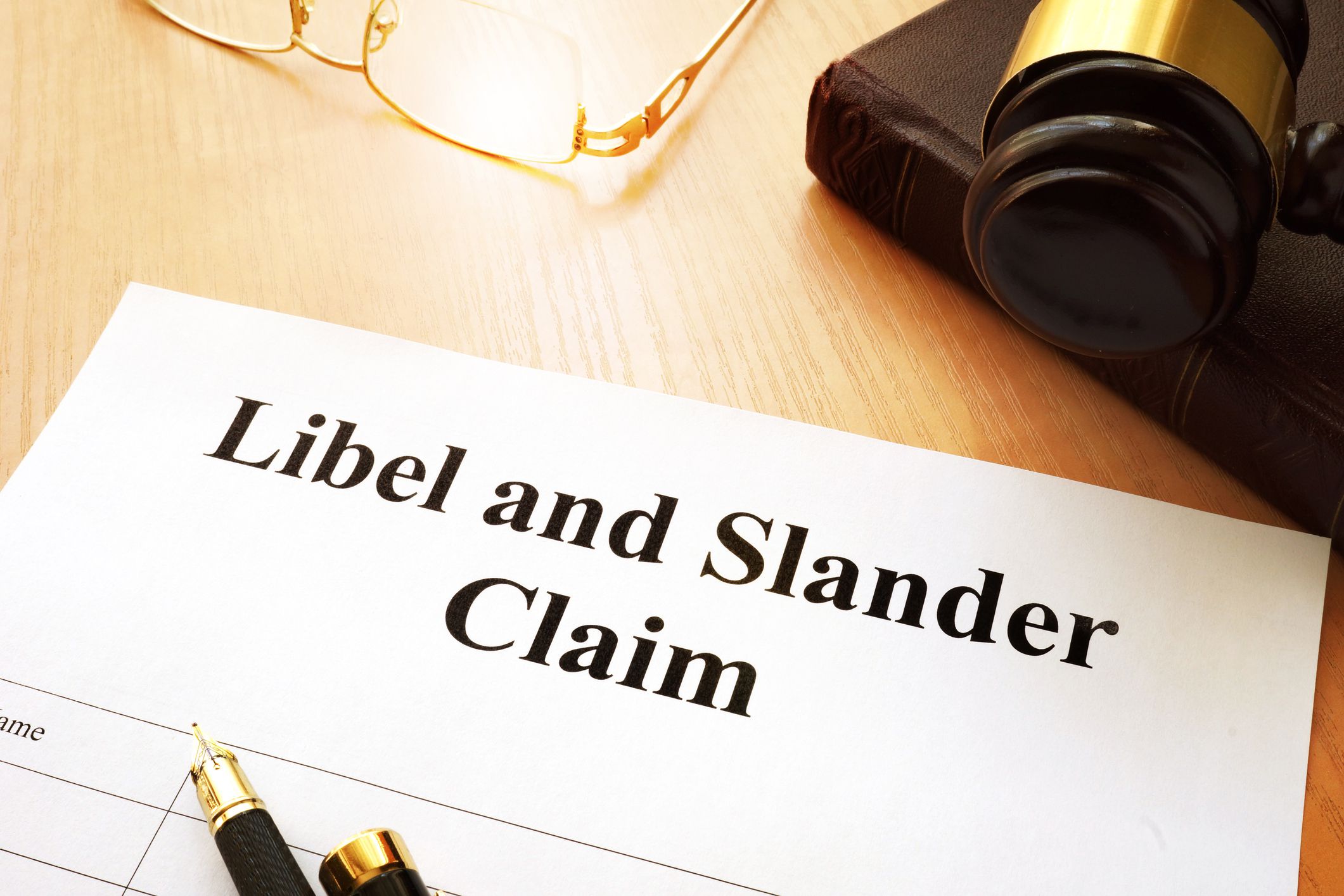Unlawful detainer usually refers to a tenant’s behaviour while in possession of an apartment. Evictions can sometimes be inevitable, whether you’re a first-year landlord or a seasoned pro. You could try to avoid them by conducting a tenant screening before potential renters keep moving in, but this may not always be successful.
You might have the best renters in the world, and they may face financial difficulties and be unable to pay rent. You have no choice but to evict them, it can be difficult.
Eviction may appear to be a dramatic action, but it is necessary to be a landlord. When those sign a lease, it should be conveyed very clearly how so much the lease is due when it is due.
When you evict someone, they generally understand and leave politely. Because this isn’t always been the case, and some tenants complicate the eviction lawsuit proceedings, we felt the need to share a step-by-step guide about how to file an eviction order to make your job a little easier.
What exactly is an unlawful detainer?

An unauthorised detainer is a legal method for evicting a tenant. It necessitates a unique court procedure and can act swiftly through the judicial process. Unlawful detainer instances are frequently used when one of the following events occurs:
- The tenant does not vacate the premises after the lease expires.
- The rent is not being paid.
- The landlord has cancelled the lease.
Tenants have the right to a jury trial in some states. The landlord must first make a complaint or petition with the appropriate court and pay a small filing fee. The court papers must be served on the tenant.
How do I file an Unlawful Detainer?
Each state has its own rules for evicting tenants from rental properties. You may have to restart the eviction lawsuit process if you do not correctly obey your state’s rules.
The basic guidelines you must take to evict a tenant who refuses to give up your rental property are as follows.
Step 1: The Tenant Retains Possession of the Rental Unit
A tenant has violated their lease agreement, and you have sent the tenant the socially conscious to stop the behaviour based on state law. For instance, you could have served the tenant a Notice to Pay Rent or Quit. The tenant has not paid their rent and is still living in one rental home.
Step 2: The landlord files a complaint with the court.
The tenant is still occupying your rental home, and you want each other to leave.
To evict the tenant, you must first go to court and submit a civil Complaint about an Unlawful Detention. You will be required to fill out the paperwork and may be required to pay a fee.
Step 3: Unlawful Detainer Served on Tenant
The renter will function with an unlawful detainer warning.
Step 4: Tenant Reaction
After receiving the notice, a tenant usually has five days to reply to the unlawful detainer. Typically, a tenant will respond in one of three ways:
- Tenant vacates
- The tenant fails to respond.
Step 5: Test
Some states require a court appearance after a landlord files an unlawful detainer eviction.
If the tenant fails to appear at the hearing, the judge will instantly rule in favour of the landlord. Otherwise, the adjudicator will hear from tenants and landlords and decide based on the evidence presented.
Step 6: Judgment is rendered
The landlord must demonstrate that they used to have a binding legal lease with the tenant, which the tenant breached. The landlord must prove that they served the tenant with the appropriate notices to vacate the estate and that the leaseholder refused to correct the behaviour or leave.
Step 7: Execution Writ
The landlord has indeed been granted eviction proceedings against the tenant. A Sheriff or Marshall will carry out this Writ.
What happens if you receive an unlawful detainer?
In many states, an unlawful temporary injunction is a process by which a landlord can reclaim ownership of the tenant’s apartment. Each state has its laws and prerequisites for evicting people. If you’re a landlord, discuss a landlord-tenant lawyer or have somebody else draft the required notices.
How can a tenant protect themselves from an unlawful detainer?
If you are the tenant, you may have defences to an unlawful detainer. Defences explain to the trial why eviction is not justified. If you start serving a written reply, include your defences. If you are not permitted to react, argue your defences orally in court.
The following are some defences to unlawful detainer civil suits based on the landlord’s behaviour and actions:
- Failure to properly serve the quit notice or eviction notice
- Giving a faulty notice to quit, including naming the incorrect tenant or address
- Utilising “self-help” eviction methods without properly serving the summons and criticism or petition.
- Inadequate procedures, such as serving the grievance before the notification to quit had expired.
- Failure to make necessary repairs to keep the apartment inhabitable.
On the renter side, another defence to unlawful detainer court cases is that the tenant paid a total amount of rent on time by the notification to pay or quit.
What are the ramifications of an illegal detainer?
If the court determines that the landlord has proven their case, the jury will enter an eviction judgement against the tenant. The court or even the landlord then issues a writ of possession to the owner or tenant. The tenant receives an eviction notice posted on the estate, giving this same tenant just a few days or per week to vacate; otherwise, the sheriff will move ahead with the eviction.
The court could also award the landlord monetary damages. After a court enters a judgement for monetary damages, India and other countries have procedures to collect the money.
Finally
We understand how much work goes into becoming a landlord. It’s like working 20 jobs at once. Unfortunately, as a homeowner, you may find yourself in the awkward position of evicting someone.
This guide should make the process a little easier for you. You now understand how to file an eviction order, what paperwork is required, and why you may or may not legitimately evict someone.
It’s critical to give the tenants adequate notice, and sitting down with them and having an adult conversation can make all the difference. Remember to sympathise with them if they are having difficulty making ends meet, but also be firm and let them know that they will have two options: pay rent or leave.
We keep hoping you never need this guide, and we also know that landlords must issue eviction notices regularly. You’re now a little more knowledgeable and prepared if you ever find yourself in this situation.





